"Very Rare French Stone Sculpture "bust Of Christ", XII° Century"
Very rare stone sculpture which portrays the bust of a bearded male figure, wearing a helmet-like headdress adorned with radial ribs, corresponding to one of the types of royal crowns in use in the early Middle Ages. A superb example of French Romanesque, it must most probably be ascribed to the best production of the 12th century region of Aquitaine. In this regard, the particular shape of the headdress that adorns the figure can be compared with an almost similar representation present in a male caryatid that supports an element of the stone tympanum of the Cathedral of Santa Maria in Oloron, although similar examples are documented throughout Aquitaine, and sometimes Spain, in the 12th century. The importance of the artistic school of the aforementioned French region in the Romanesque period was so large that it constituted the model for sculptors operating throughout Europe in that period, and also found wide echo in the production of the great master Benedetto ANTELAMI, capable of synthesizing the own personal artistic feeling with the postulates of French and Spanish art. The work in question, of refined and elegant execution, represents one of the rare artistic testimonies of a historical period which saw the resurgence of culture after the so-called "dark ages", to give life to a new expressive language which has traditionally been called by critics as "Romanesque style" and which, together with the subsequent "Gothic style", created the founding lines of medieval art.
The fact that the subject of the sculpture is presented almost as if it were a bust, in a frontal position where the penetrating gaze of its sunken eyes can pierce the spectators, attracting their attention to the maximum, and the particular headdress, which certainly constitutes a royal crown, allow us to hypothesize that the work may depict Christ in the guise of Pantocrator, although there cannot be absolute certainty regarding this identification.
The finds of this era, quality and conservation have now almost completely disappeared from the antiques market and can only be admired in museums.


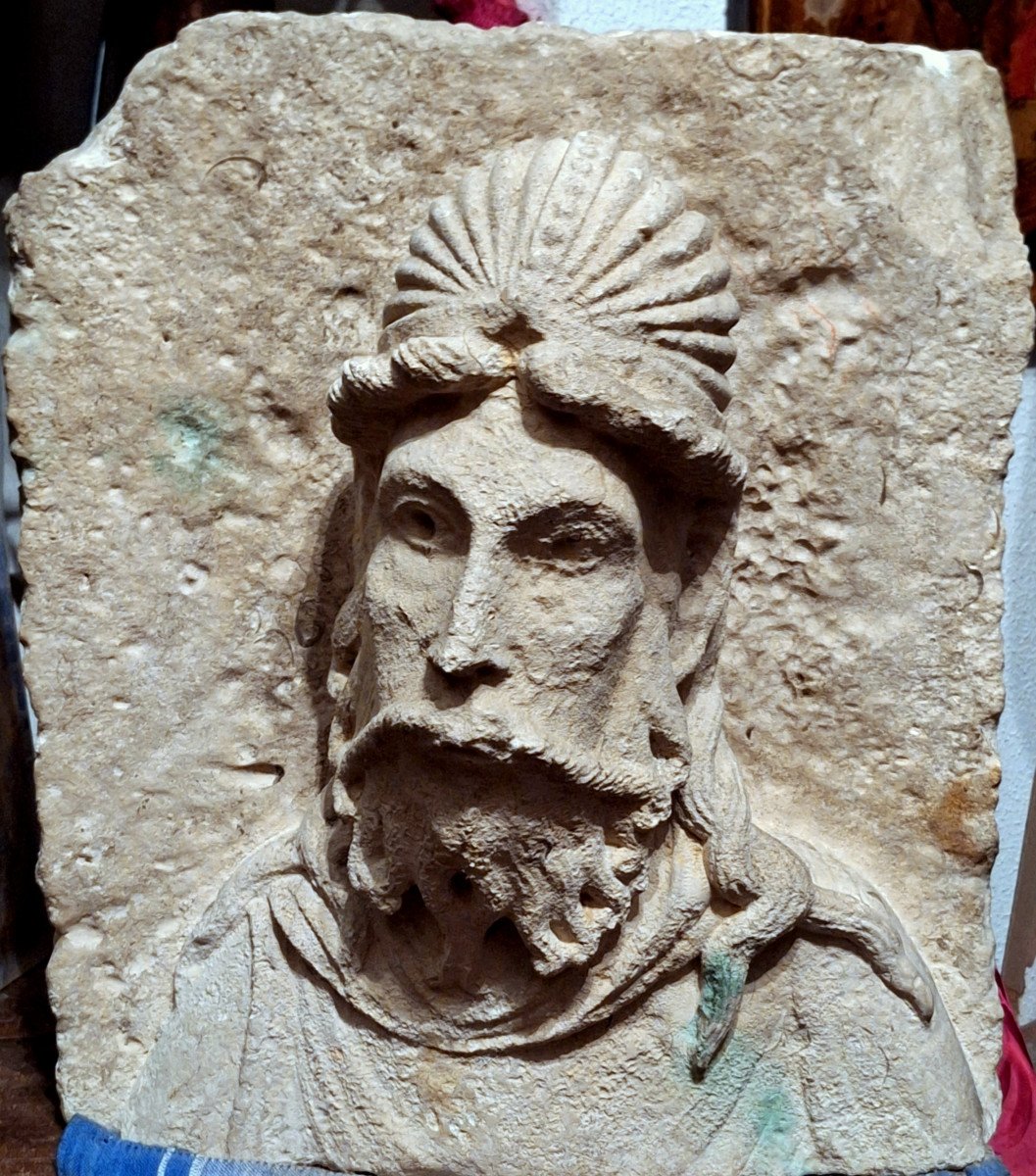
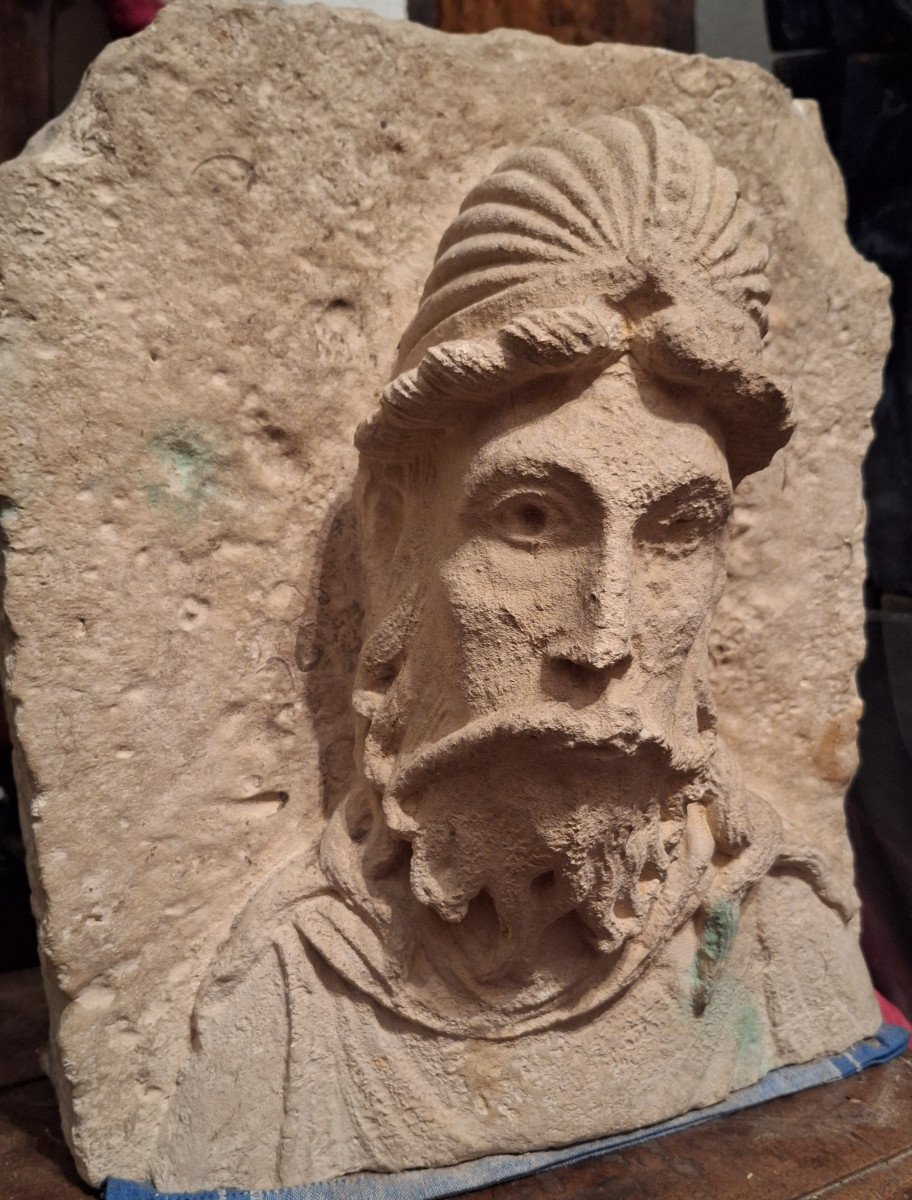
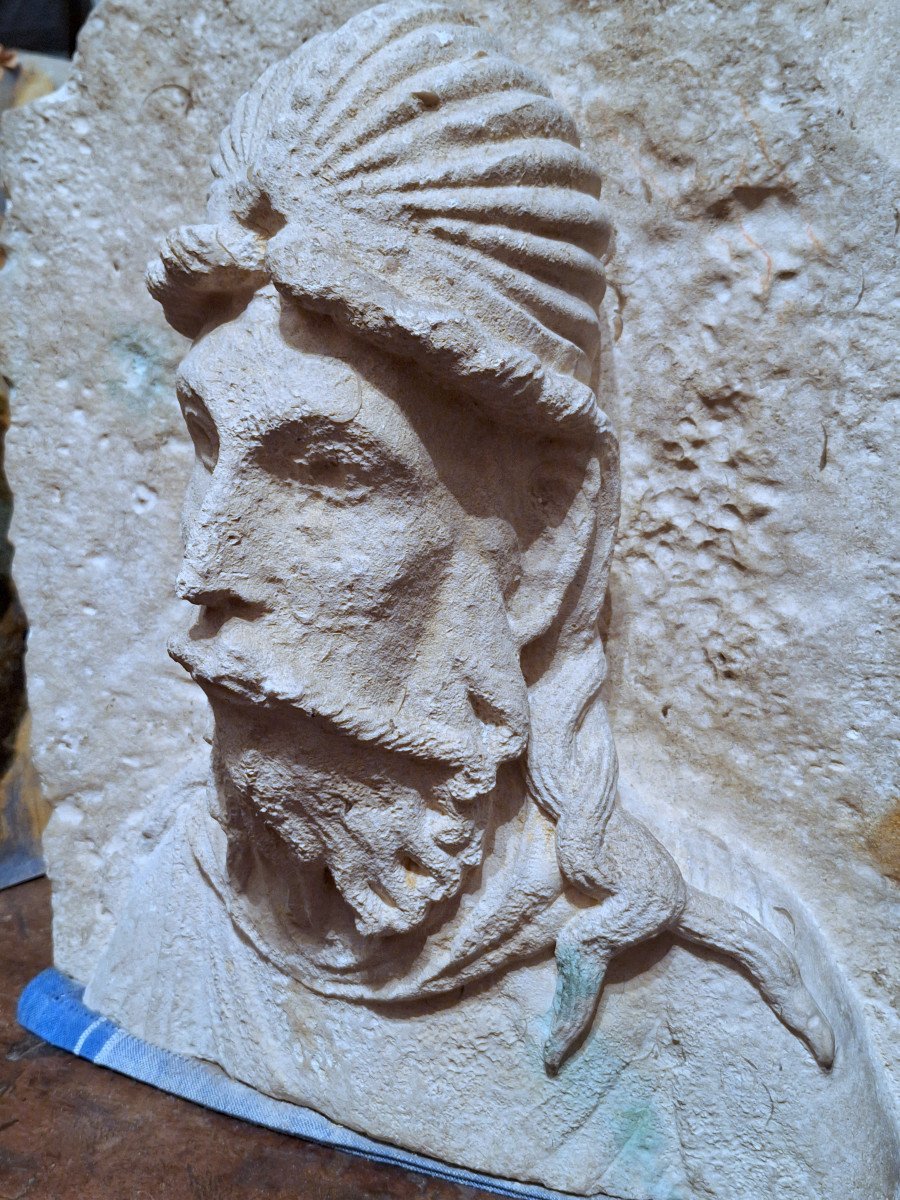








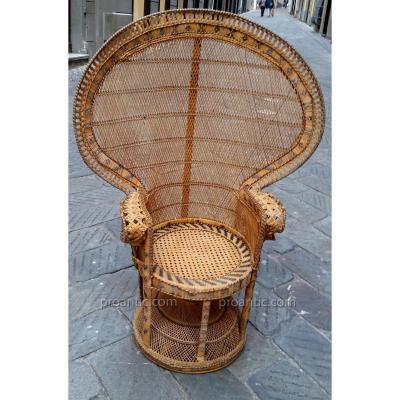

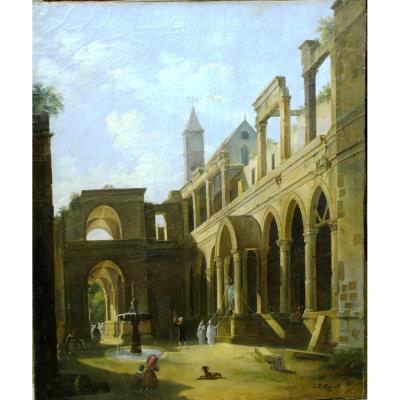
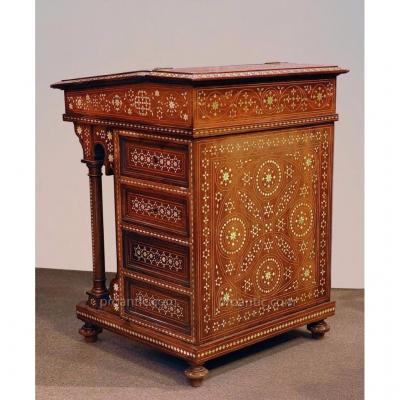
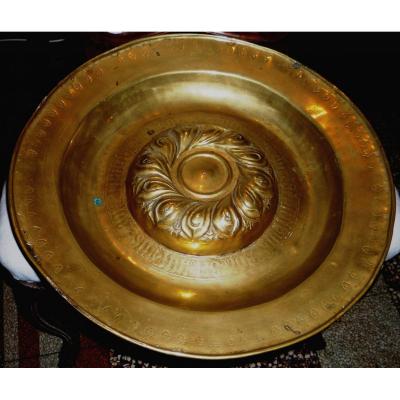
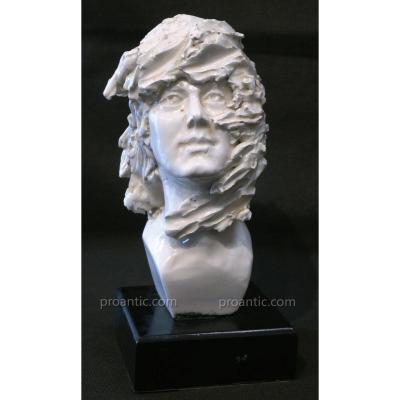




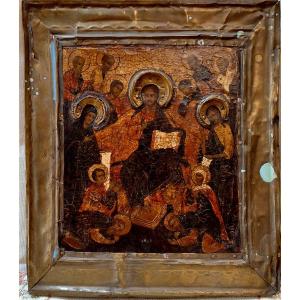


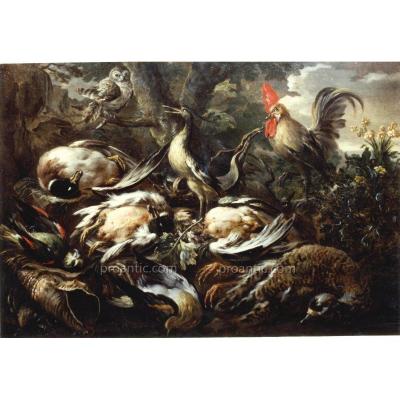


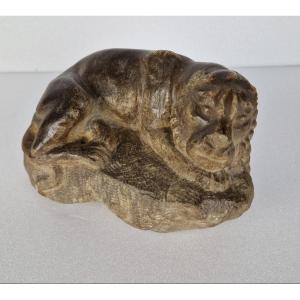

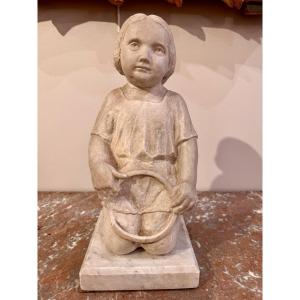



 Le Magazine de PROANTIC
Le Magazine de PROANTIC TRÉSORS Magazine
TRÉSORS Magazine Rivista Artiquariato
Rivista Artiquariato